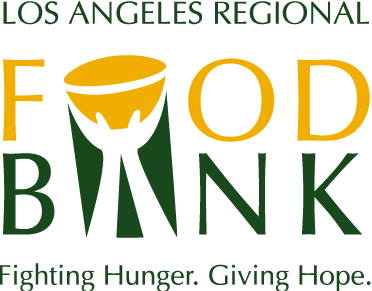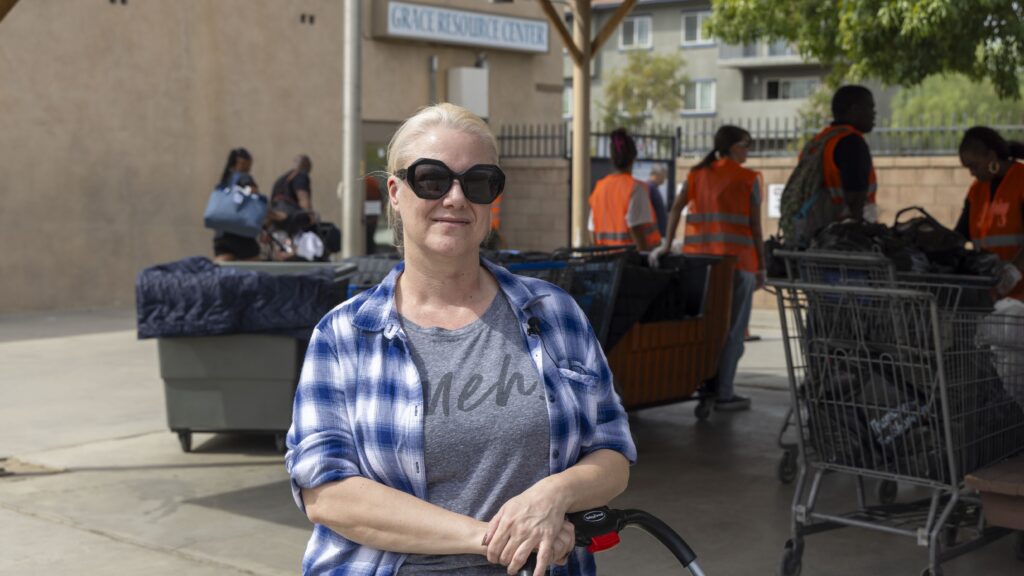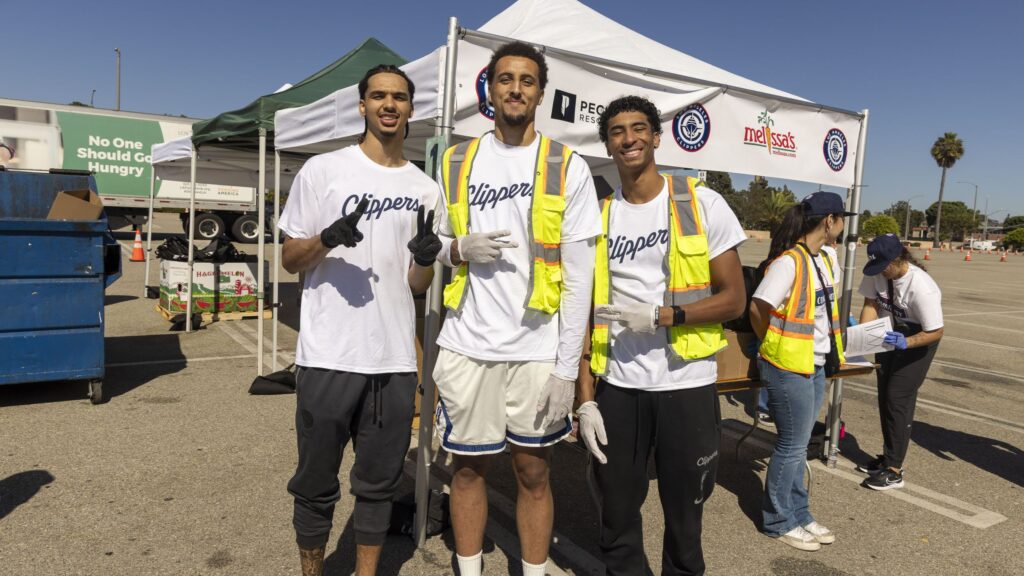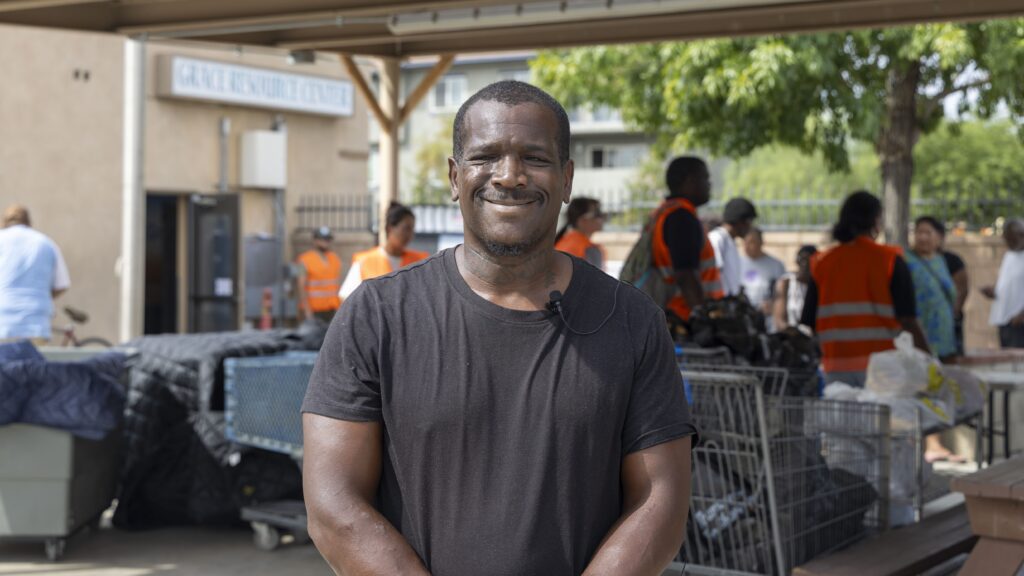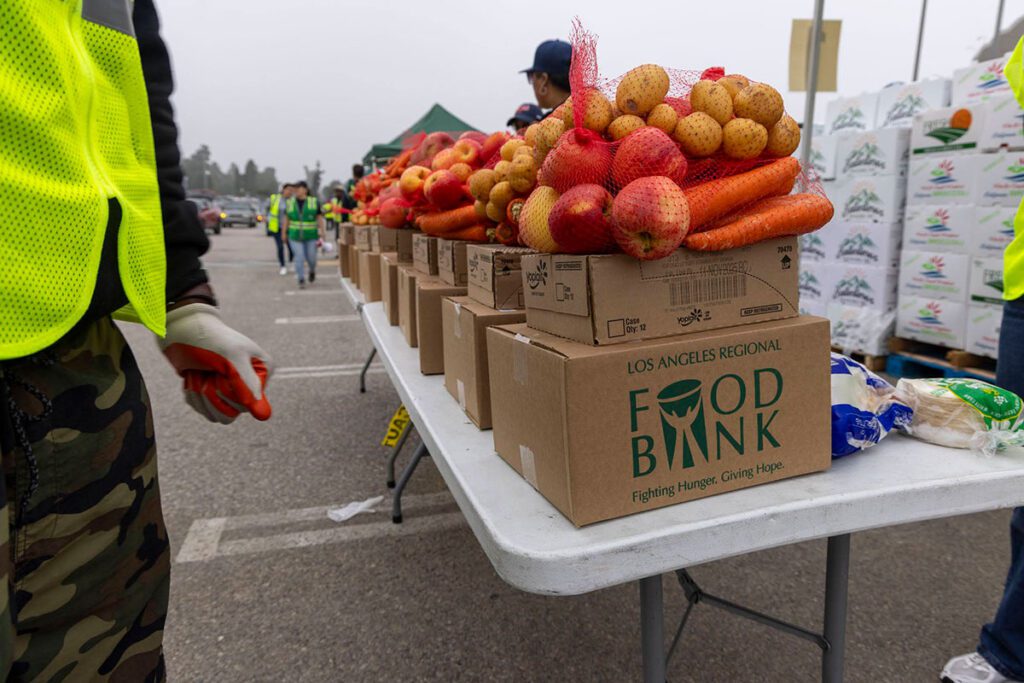Closing the SNAP Gap: A Summary
Closing the SNAP Gap: A Summary
Amidst unprecedented unemployment brought on by a global pandemic, the Supplemental Nutrition Assistance Program (SNAP), or CalFresh as it’s known in California, has become an invaluable resource helping families and individuals weather these extremely difficult times. Despite the high need, systemic barriers result in an underutilized benefit that could alleviate food insecurity for many LA County residents.
This report produced by the LA County CalFresh Task Force highlights the barriers to participation and offers recommendations on how to maximize the program to not only benefit participants but also stimulate the local economy and food system. In 2019, CalFresh resulted in $2.66 billion in economic impact from $1.77 billion in benefits that were distributed locally, however, due to the gap in participation $623 million was not allocated and thus there was $934 million lost economic impact. The gap during 2019 was 500,000 LA County residents who were eligible but not participating, and although the number of people who are participating has absolutely increased due to the pandemic, a gap still remains.
The report emphasizes that increases in participation are possible by overcoming administrative hurdles, such as the long-standing rule which barred participants in the Social Security Insurance (SSI) program from accessing CalFresh benefits despite earning less than $900 a month, well under the income threshold for CalFresh eligibility. SSI recipients are typically either 65 or older, blind, or disabled, so restricting them from receiving CalFresh benefits was causing undue harm to the most vulnerable people in the state. Through years of advocacy, the rule was repealed and as of June 2019, SSI recipients are now eligible, which has resulted in an increase in participation in LA County alone by nearly 20%, the largest increase in participation since the Great Recession.
Aside from administrative hurdles, this report focuses on other barriers to participation and approaches to overcome those barriers. These include improvements to technology to better facilitate access through increased staffing in call-centers and offering additional remote services to avoid in-office appointments, such as the ability to apply online through GetCalFresh.org. Additionally, LA County has engaged in targeted application assistance to reach underserved populations, such as immigrant communities through increased language assistance and outreach, and education campaigns to provide information to those who were discouraged to apply because of perceived threats from the federal government and the “Public Charge” rule. Finally, the astronomical cost of living in LA County means that households have to earn a high amount of income to live, which unfortunately means that they might not be eligible despite still being in need, as such advocates are working tirelessly along with local, state, and nation-wide partners to push for changes to the program to increase the threshold to qualify and thereby expand access to those in need.
All of these efforts are ongoing and are needed now more than ever, but this report emphasizes that change is possible and that we should work together to usher in those changes.

